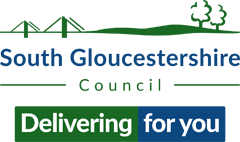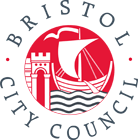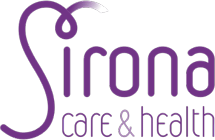City know-how: Community wellbeing in the built environment: breaking down building performance assessments
- 1st March 2023
Community well-being is acknowledged as being ‘greater than the sum of its parts’. This paper identifies current gaps in community well-being assessments and recommends participatory mixed methods.
For the attention of:
Local housing policymakers, policymakers interested in measuring community well-being and developers of multi-unit residential buildings.
The problem
Community well-being in the built environment is ‘greater than the sum of its parts’. However, methods have not caught up to demonstrate this in terms of evidence-based approaches. In practice, evaluation methods and frameworks are reductive, measuring community well-being as an aggregate of factors of individual well-being. They operate as a kind of ‘pick and mix’ of dimensions and indicators. As such, they are ill-suited to reflect value in an appropriate way when used to inform planning policy and practice that seeks to improve community well-being.
What was done and why
Researchers aligned the concept of community well-being with current building performance assessment methods. For this approach, they integrated a Social Practice Theory lens to understand the interaction between community factors and features of the built environment. Social Practice Theory is a psychological approach that seeks to determine the link between practice and context in ‘on the ground’ implementation.
What this study adds
In terms of analysis, the researchers advocate participatory mixed methods to integrate community wellbeing theory into current assessment methods. Their example supports the development of a novel, evidence based tool for assessing community well-being in the built environment. They recommend improvements to community wellbeing assessment based on their own research, including participatory methods, local community engagement and use of Photovoice.
What this means for city policy and practice
These findings offer the following contributions to city policy and practice:
-
They review seven frameworks for community well-being in the built environment to identify gaps between theory and methodology
-
They recommend of participatory mixed-methods to address identified gaps
-
They illustrate how a Social Practice Theory lens allows us to conceive the concept of well-being as an emergent property for planning that is shared, and temporally and geographically bounded.
Read the paper
‘Community wellbeing in the built environment: towards a relational building assessment’ by Norene Lach, Sarah McDonald, Sylvia Coleman, Marianne Touchie, John Robinson, Garrett Morgan, Blake Poland and Alstan Jakubiec. Cities & Health.
About City Know-how
Bristol Health Partners’ SHINE Health Integration Team (HIT) is a network partner for the Cities & Health journal, published by Routledge.
SHINE HIT, which supports healthy and inclusive neighbourhoods for people, publishes regular, bite-sized ‘City Know-How’ updates to help translate research knowledge into policy and practice. Find out more about the City Know-How series.






